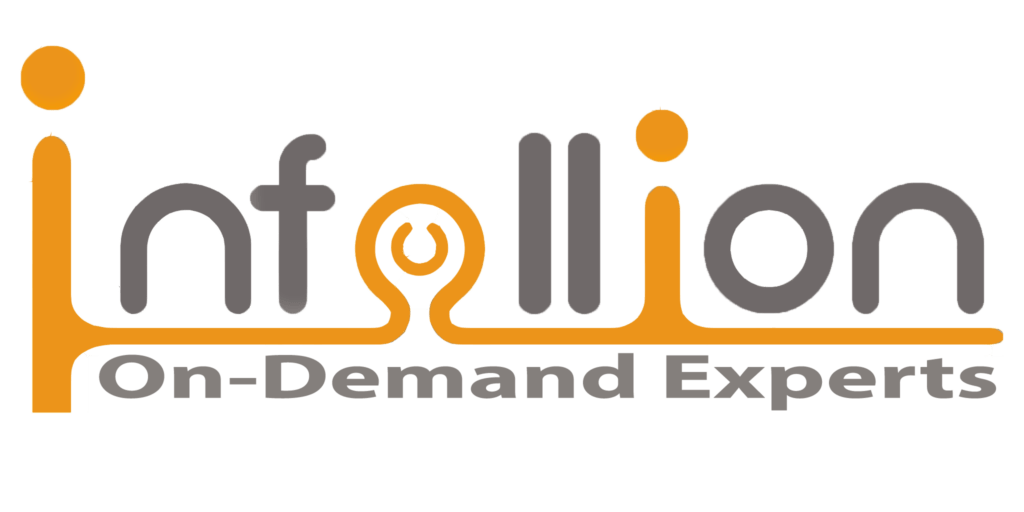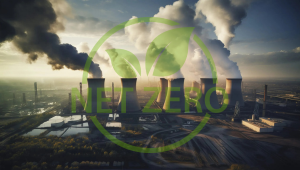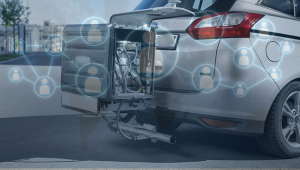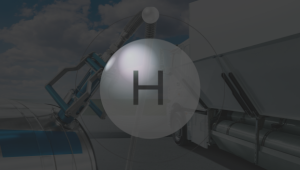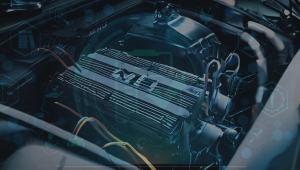Program Overview
The tyre industry is at a turning point — where automation meets intelligence, and data drives every decision. As global manufacturers evolve toward Smart Factories, understanding and applying Industry 4.0 is no longer optional. This program helps participants bridge traditional manufacturing expertise with next-generation digital capabilities. It demystifies IoT, robotics, AI, and digital twins, showing how they converge to improve quality, throughput, and sustainability. Through live case examples, simulations, and roadmap-building exercises, participants learn to identify digital opportunities, interpret real-time data, and lead transformation projects that redefine operational excellence in tyre production.
Features
- Understand the role and architecture of Industry 4.0 technologies in tyre manufacturing
- Identify automation and data-driven improvement opportunities in plant operations
- Apply AI, IoT, and digital twin tools for predictive, real-time process control
- Develop a roadmap for Smart Factory transformation and digital maturity growth
Target audiences
- Manufacturing Engineers
- Digital Transformation Teams
- Quality & Maintenance Heads
- Plant Leaders
- Process Engineers
- Automation & Controls Specialists
Curriculum
- 5 Sections
- 33 Lessons
- 1 Day
Expand all sectionsCollapse all sections
- Understanding Industry 4.0 in the Tyre Context5
- 1.1Evolution: Automation → Digitization → Integration → Intelligence
- 1.2Cyber-Physical Systems (CPS) and Connected Factory Models
- 1.3Data pipelines: Sensors → Edge → Cloud → Analytics
- 1.49 Pillars of Industry 4.0 (AI, IoT, Big Data, Robotics, AR/VR, Cloud, Additive Manufacturing, Cybersecurity, Simulation)
- 1.5Exercise: Digital Maturity self-assessment – participants map their plant or line on a 4.0 readiness matrix.
- Smart Sensors, IoT Networks & Data Acquisition7
- 2.1IoT sensor architectures – temperature, torque, pressure, vibration, cure cycle sensors
- 2.2Connectivity protocols – OPC UA, Modbus, MQTT
- 2.3Edge Analytics & Condition Monitoring
- 2.4Real-Time OEE dashboards and Data Lakes
- 2.5Predictive Maintenance using ML models
- 2.6Industry Examples: Apollo Tyres – IoT-driven curing process optimization Bridgestone – condition-based maintenance and data-driven fault prediction
- 2.7Exercise: Design an IoT architecture for a tyre mixing or curing line — define sensors, data flows, KPIs, and alert logic
- Automation, Robotics & AI Integration7
- 3.1Robotic material handling (AGVs, AMRs, vision-guided automation)
- 3.2Autonomous curing and inspection (“lights-out” operations)
- 3.3PLC-SCADA integration for closed-loop control
- 3.4AI/ML for fault prediction, batch consistency, and energy optimization
- 3.5MES & ERP integration for end-to-end traceability
- 3.6Industry Examples: Automated inspection systems; AI-assisted process control
- 3.7Interactive Element: Analyze process data to predict a potential defect trend using simplified AI model outputs.
- Digital Twins, Simulation & Augmented Reality6
- 4.1Concept of Digital Twins – virtual replicas of machines, lines, or entire plants
- 4.2Process simulation for mixing, curing, and material flow
- 4.3AR/VR applications for operator training and maintenance support
- 4.4Integration with PLM, MES, and SCADA data streams
- 4.5Global Examples: XYZ’s digital twin initiative for curing optimization; XYZ’s AR-based quality training
- 4.6Exercise: Build a digital twin storyboard for a tyre building machine showing inputs, analytics, and predicted outcomes
- Cybersecurity & Data Governance in Smart Factories8
- 5.1Industrial Cybersecurity (IEC 62443 framework)
- 5.2Network segmentation and OT/IT integration
- 5.3Data classification, encryption, and access control
- 5.4Role-based analytics dashboards and governance policies
- 5.5Exercise: Respond to a simulated incident — participants plan containment actions for a ransomware attack on an automated production line
- 5.6Activity: “Smart Factory Blueprint” simulation — teams design a digital roadmap for one process area using 3–4 Industry 4.0 tools
- 5.7Key quick-wins and technology priorities
- 5.8Pilot roadmap with measurable KPIs (OEE, defect reduction, energy savings)
